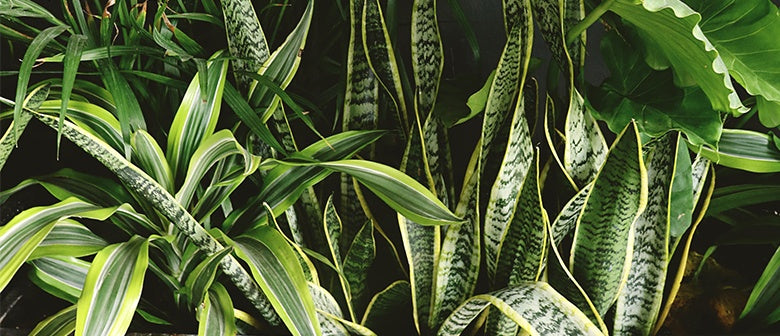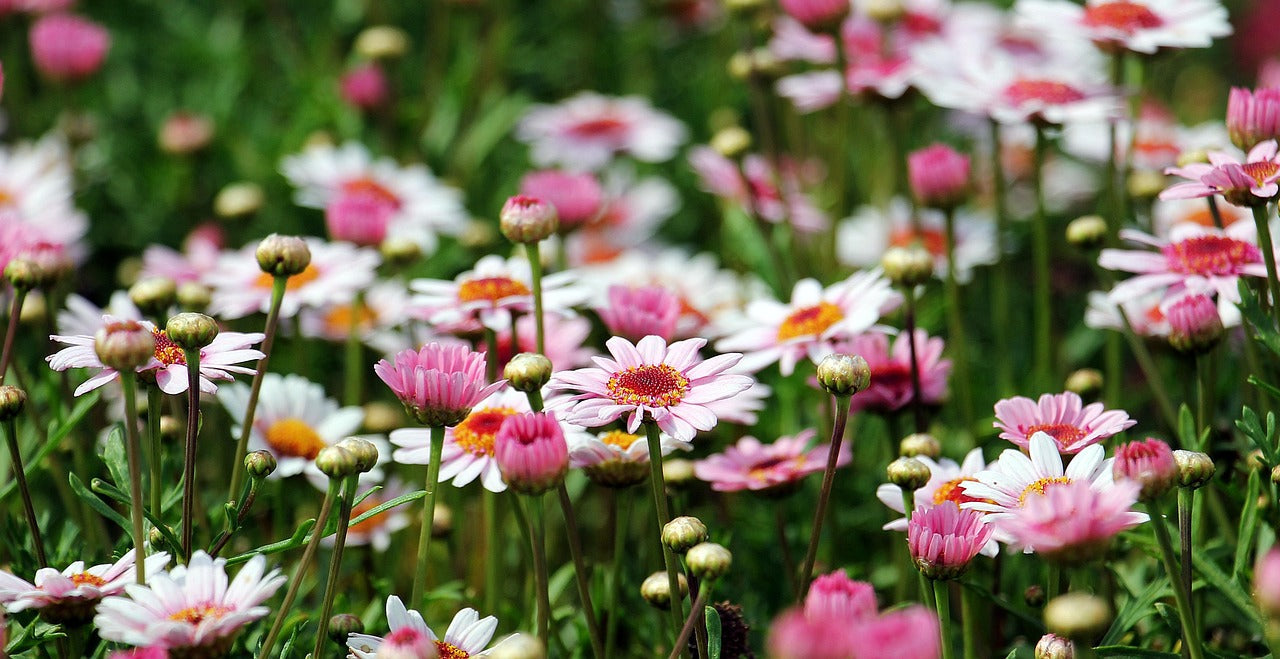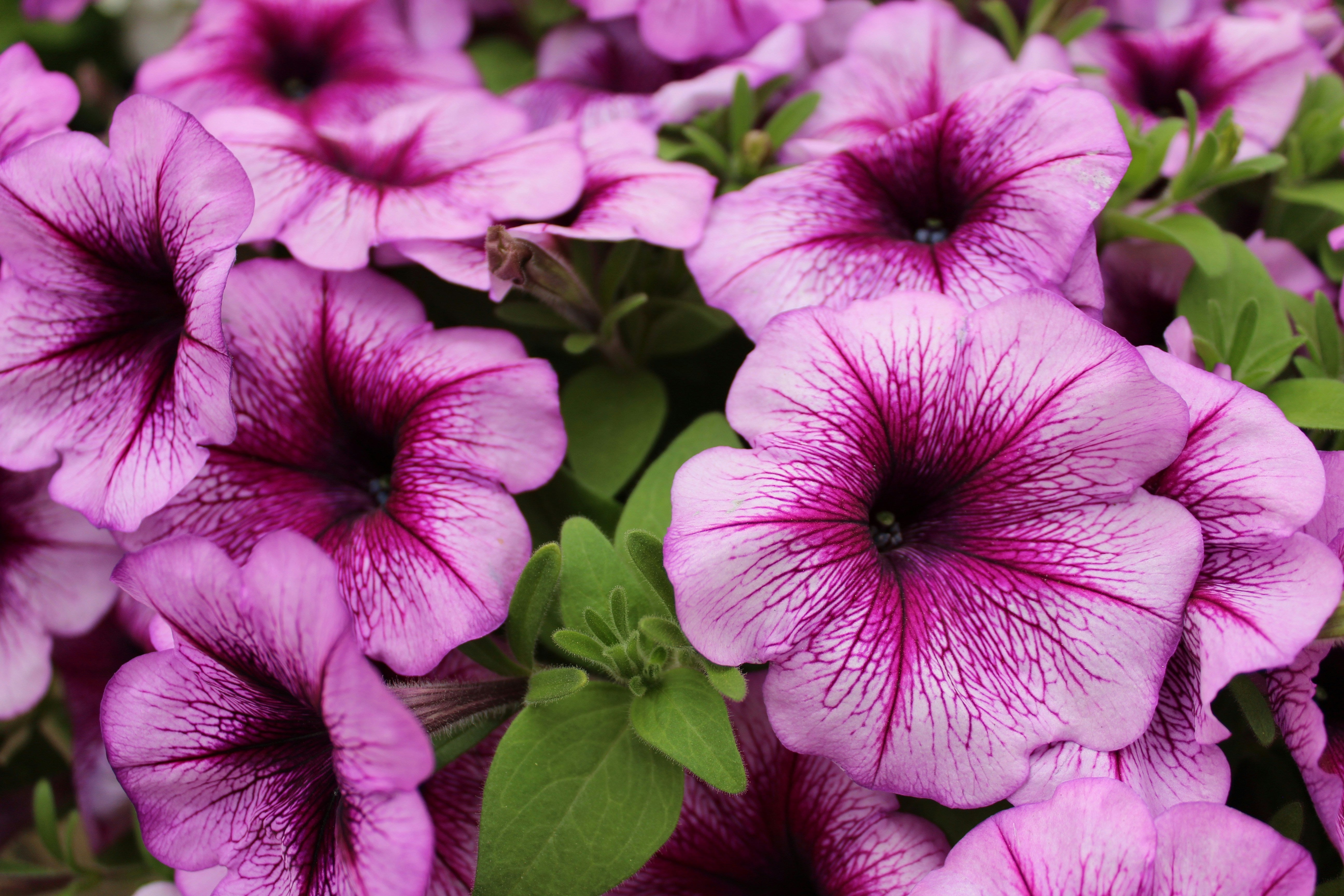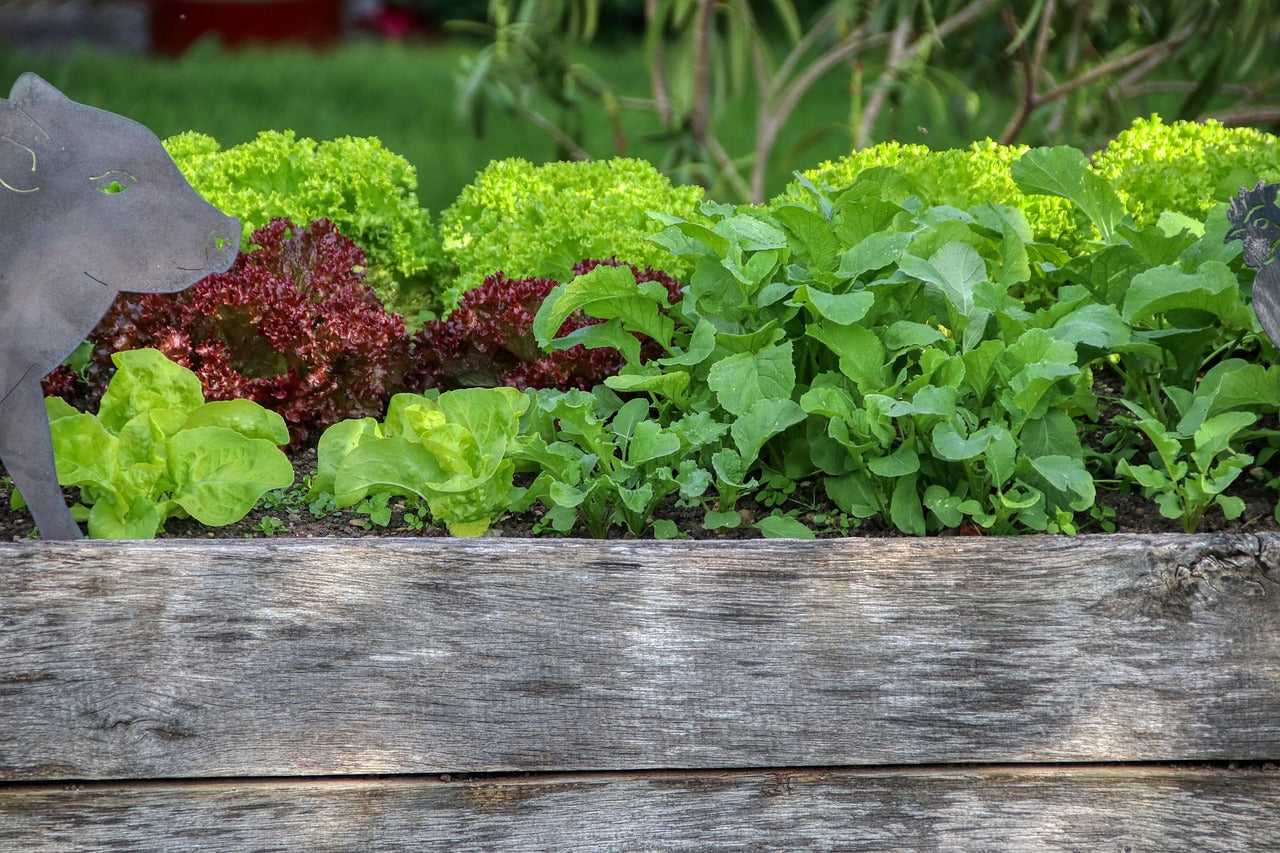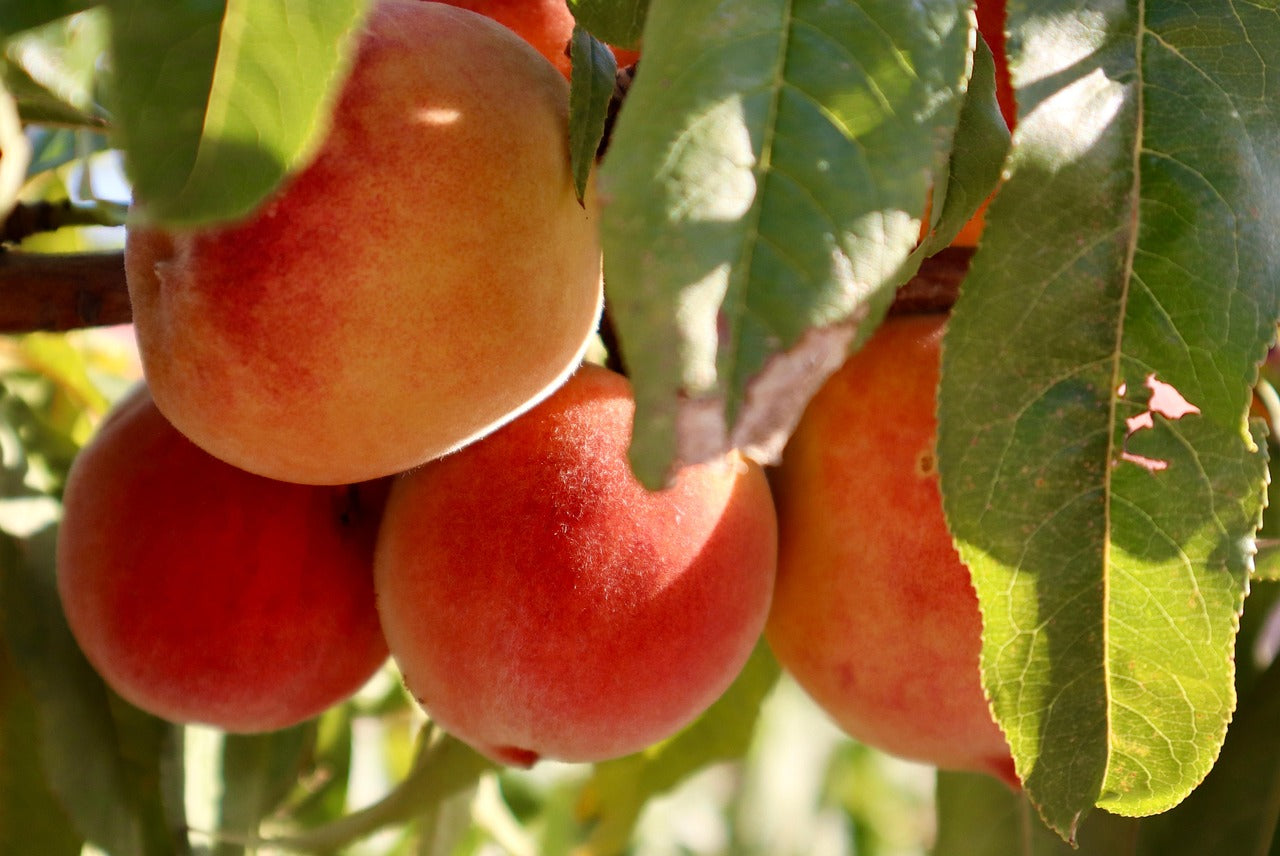The Winter chill is already fast approaching, however this is not a time to let your garden skills, or your garden go to waste. Before you slip into hibernation, now is a great time to prepare your indoor plants for their dormancy period and evolve your indoor gardening throughout the winter time. Not unlike people, houseplants are also affected by the change in season. It is vital to alter your plant maintenance as the climate changes, regardless if you’re transitioning from cold weather to warm or vice versa. Although the weather may be changing, the three fundamentals of water, light and nutrition always remain the same.
Here are our 7 top tips on how to keep your houseplant happy even in the depths of Winter.
1. Add some sunlight
Although it feels like we rarely see the sun over Winter, make sure that your plants are getting all the light that they can. If you notice your plants leaning towards the light source, gradually rotate them every couple of days to help straighten out the kink in their necks. If your plant has spindly looking new growth, move them closer to the light.
2. Mind the draught
Fluctuations in temperature or draughty rooms can stress your houseplants out. Keep conditions as stable as you can by placing your plants away from open windows or doors, as well as heating units. Some plants are more sensitive to the cold than others. If you’re feeling the chill, your plant probably is too!
3. Dormancy
You know that sleepy feeling you have in winter? Plants get that too! It’s all because of the shorter days and less sun. Winter will change how often you will need to water your plants. Allow the soil to dry out between waterings, soaked soil can lead to root rot – this means that you’ll need to water less often. Monitor how many days it takes the soil to dry out and try using that as your new guide.
4. Dust it off
A reduction in air flow through not opening your windows as often increases the dust and indoor pollution in your home. Dust and dirt build up can reduce the amount of light that your plant gets. Considering the days are shorter, it’s important that your plant gets as much light as possible. Gently dust off the leaves once a fortnight.
5. Ditch the fertiliser
Your plant is growing at a much slower rate than normal, this means that you can take a break from the fertililser.
6. Out of office
If you head away over winter and can’t find someone to plant-sit, consider moving your plants away from light sources. Temporary light deficiency will cause your plant to use less water and will help to prevent them from drying out as quickly.
7. Leaf loss is normal
Don’t be alarmed when you see your plant dropping it’s leaves, they do this to compensate for the lack of light (food). Your plant is simply adjusting to the change in seasons. If you think your plant is overgrown, feel free to trim off a few leaves as this can help to prevent further leaf loss.

